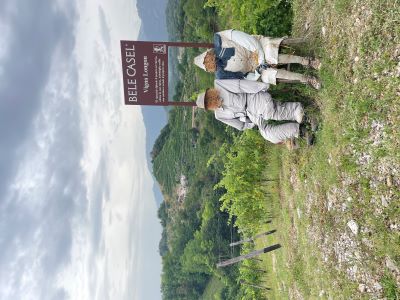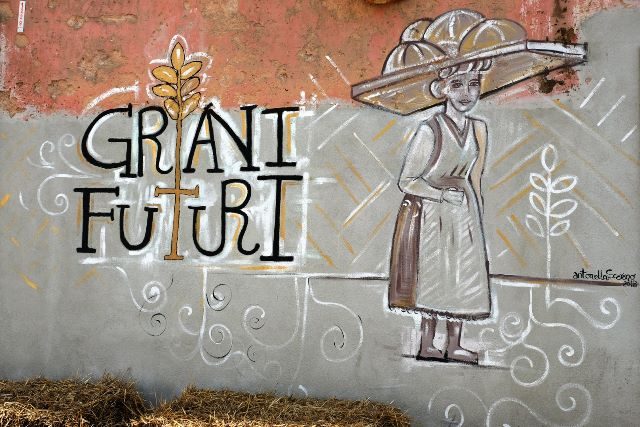Asolo: A Prosecco that did not exist
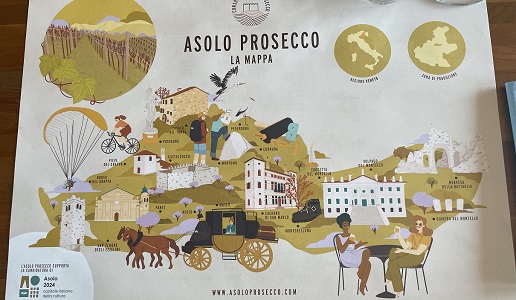
In recent years the production of Asolo Prosecco has increased significantly, thanks to a greater awareness on the part of producers and the presence of a strategic plan from the producers’ Consorzio association.
I literally went hunting through the vineyards between Colli Asolani and Montello looking for a Prosecco Superiore DOCG that did not exist but does now. I am ready to stand my ground against a possible backlash from those who would object that Prosecco in Asolo already existed big time. I am well aware that with the creation of a DOC appellation, in 2009, two DOCG ones were also created that would become known as the so-called “Hill Prosecco”. But it is not my fault if before 2019 only six million bottles were produced of what we now know as Asolo Prosecco (compared to a potential 30 million) and if, for a lack of alternatives, its own producers “dared” to declass their own DOCG production to DOC production in order to place it in something that had a greater identity.
But today something has changed, perhaps due to a greater awareness, perhaps thanks to a strategic plan and, above all, a desire to respect it. Whatever the reason, the fact is that between 2019 and 2020 a small revolution took place in the zone. This led to an increase in the number of bottles produced and, more important, an increase in the number of producers bottling their wine.
Located in the province of Treviso, the area is demarcated by the Colli Asolani, seven cone-shaped hills, and Montello, a single hill that is quite chaotic. This because of various steep pitches of the land and unexpected bends and turns. It is a land inhabited by forests, vineyards, wild boar and cyclists. The (potential) 2,700 hectares of vineyards have both white, primarily Glera, and red grapes, with a significant presence of French varietals. The 2022 harvest is expected to produce 25 million bottles. This is a major leap and involves not just the number of bottles but also producers bottling their wine, the number of which has almost doubled in just three years. Today there are 58, out of a total of 460 belonging to the Consorzio. Asolo and its hills also produce red grapes and wines, around 500,000 bottles a year. However, their reputation, for now and save some exceptions, cannot be compared to that of the excellent white bubblies.
Without a doubt, we are dealing with heroic winegrowing, lots of history, of which Asolo is a prime example (a lovely town), and it has created a trend reversal with people returning to work the land. This was opposed to years before when the economic boom led many to go to work in factories. The area of Asolo, in fact, has a significant industrial zone. The trend was so strong that many vineyards were orphaned. Today that trend is reversing, a further example that when you have the land in your blood you never leave it. Some examples include Loredan Gasparini, who ferments her wine in an autoclave with indigenous yeasts (crazy!); Bele Casel, which in Monfumo has old vineyards with old grapes and steep pitches (even more crazy); and the young Bresolin estate that immediately began with an organic approach (young and crazy).
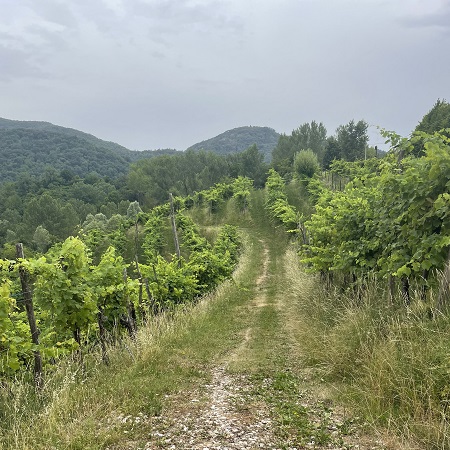
All things considered, however, it can be said that Asolo Prosecco also has some unique characteristics. In fact, it always has a distinct intensity of aromas. This trait makes the wine appealing in a Pas Dosé version as well as Extra Brut and Dry (not much is made of this impressive version and I would put my cards on this dosage). There also exists a “midway” Brut and an Extra Dry, which I find less interesting. Asolo has also proved to be very versatile at the table with something for everyone.
Asolo Prosecco should reach its maximum productive potential in a year or two. There are rumors that the cru may be made official and that they may produce a version that matures longer in the autoclave. We’ll see, in the meantime we can drink what there is … seeing how Asolo Prosecco exists!
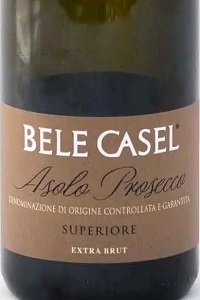 Bele Casel
Bele Casel
Asolo Prosecco Extra Brut 2021
94/100 - € 15,00
100% Glera. Charmat Method. A straw color and lively effervescence. The bouquet has sweet and floral notes of jasmine and white flowers. While there are sensations of ripe white fruit, floral notes dominate the flavor. Pleasing dry it has an aftertaste of candied citron.
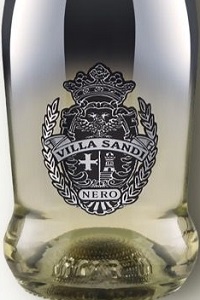 Villa Sandi
Villa Sandi
Asolo Prosecco Nero
94/100 - € 19,00
At least 85% Glera and the rest Pinot Nero fermented off the skins. Charmat Method, single fermentation. Extra Brut. A straw color with silver reflections. The aroma has notes of acacia and sweet citrus. The mouthfeel is very interesting with a long, creamy finish. The aftertaste is of almond paste, elderberry syrup and fresh pink grape fruit.
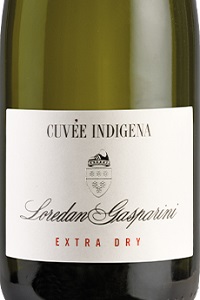 Loredan Gasparini
Loredan Gasparini
Asolo Prosecco Cuvée Indigena 2020
93/100 - € 11,00
100% Glera. Charmat Method with indigenous yeasts. Extra Brut. An intense golden color, subtle effervescence. The nose opens with some oxidative hints but becomes sweet and creamy while the mouthfeel has a floral finish with some refreshing notes of wild mint. The effervescence is fine and delicate. Truly unique.
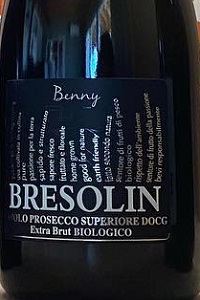 Bresolin Bio
Bresolin Bio
Asolo Prosecco Benny
93/100 - € 15,00
100% Glera. Charmat Method. Extra Brut. A straw color. The bouquet has scents of honeysuckle, loquat and drops of gold with sweet sensations and those of ripe fruit. The mouthfeel is elegant and taut, with a very saline flavor. The persistence is pleasing and fresh. A lively drop.
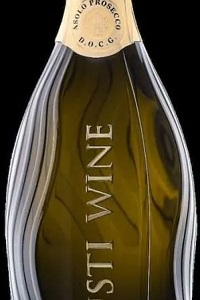 Giusti Wine
Giusti Wine
Asolo Prosecco by Graziana Grassini
92/100 - € 20,00
100% Glera. Charmat Method. Extra Brut. A golden yellow color with antique gold reflections. The bouquet is full of peach scents and those of toasted nuts. The mouthfeel is long and clean with a lemon finish and the flavor dry and clean.

 Italiano
Italiano

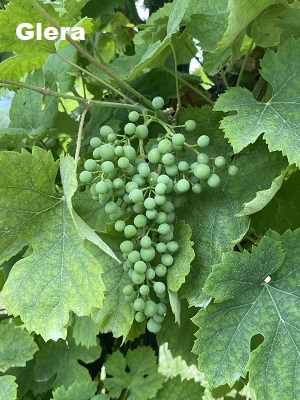
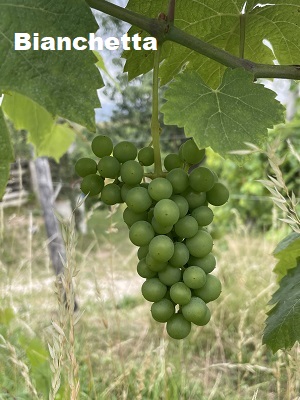
.JPG)
